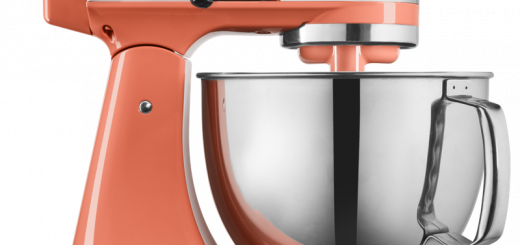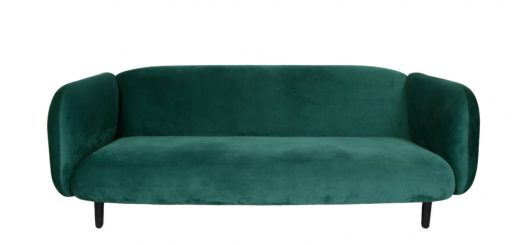What Does it Mean to be Modern?
Look modern up in the dictionary and you’ll find a definition that goes something like “pertaining to the recent past or present times as opposed to the remote past.” So it’s the “just now” moment, as well as touchstones of everyday life that perpetually update themselves, such as the pace of “modern” life. It makes me think of something my professor told me in design school about how you can tell the difference between trends and fads. He used to say, “Fads are so trendy they’re not even modern yet.”
Okay, then look up modern on Wikipedia and the first entry you get is “Modern History.” And what do you learn? Modern history starts more than 500 years ago. Moreover, it’s meaning and context have changed so much over the decades that it’s ripe for nerdy puns, whether you’re an historian, a designer, or you know, a person.
So, what does it mean to be modern in design?
It can be used synonymously with contemporary, minimalist, and industrial, while other designers would passionately argue these are all distinct decorating styles. Most commonly in design, “modern” means Mid-Century Modern, and the simple minimalism that it embodies with straight lines and functional, unadorned spaces. But even then, there’s plenty of room for debate about what counts as mid-century modern, especially in its updated form. Wood, metal, and glass materials are still common in this decorating scheme, but then they’re common in most decorating styles, and there seems to be a lot of latitude for adding bright colors with modern design.
So let’s take a more concrete example: The idea that granite counters are simply the king-of-the-hill for right now and that older design trends will emerge once again is very much in line with modernity. The idea that granite counters represent the hardest, most durable, best-looking material available in any time period is more postmodern. Which isn’t to say that postmodern design assumes nothing changes. Rather if and when granite countertops lose favor, it won’t be because laminate, stone tile, glass, or metal makes a comeback. Rather, it will be because a paradigm-shifting innovation comes along, like a synthetic material with new functionality and performance factors, that dethrones it.
What does it mean to be postmodern in design?
This point about granite counters isn’t even an especially good analogy for postmodern design. Not many people know that the defining look of the 80s came from the Memphis Group, which emphasized bright colors, geometric shapes, and unusual designs even at the expense of functionality. Which is probably why the furniture that came out of this design movement was never especially popular in residential homes even as it lit up the fashion circles. It tried to pry itself out of history altogether. In this context, then, modern design seeks to find a path of continuous improvement from one generation to the next, but still informed by and borrowing from its predecessors.
But, really, what does it mean to be modern in design?
Modern is one my favorite words, or maybe it’s just one of my favorite words to make fun of. Even that doesn’t seem quite right. It’s almost more like the word likes to make fun of itself in context:
- There’s something about early-to-late modern history that sounds more like a brain-teaser puzzle than a major period of human development that should be easily recognizable for anyone with even a passing interest in history.
- The popularity of the Tulip Chair is another great example of how the malleable meaning of modern and mid-century modern is a design and cultural movement from the 1940s through the early 1960s. One of the qualities that defines this movement? Futurism! It’s not a coincidence that the culmination of this time period saw the iconic TV show, The Jetsons.
- Of course, as a real-world application, the slippery ambiguity of modern can lead to interesting ambiguities about what makes for a modern-style kitchen or bathroom. “Modern” can be a useful word, but it’s best used in context and reinforced by more specific themes and details.






Recent Comments